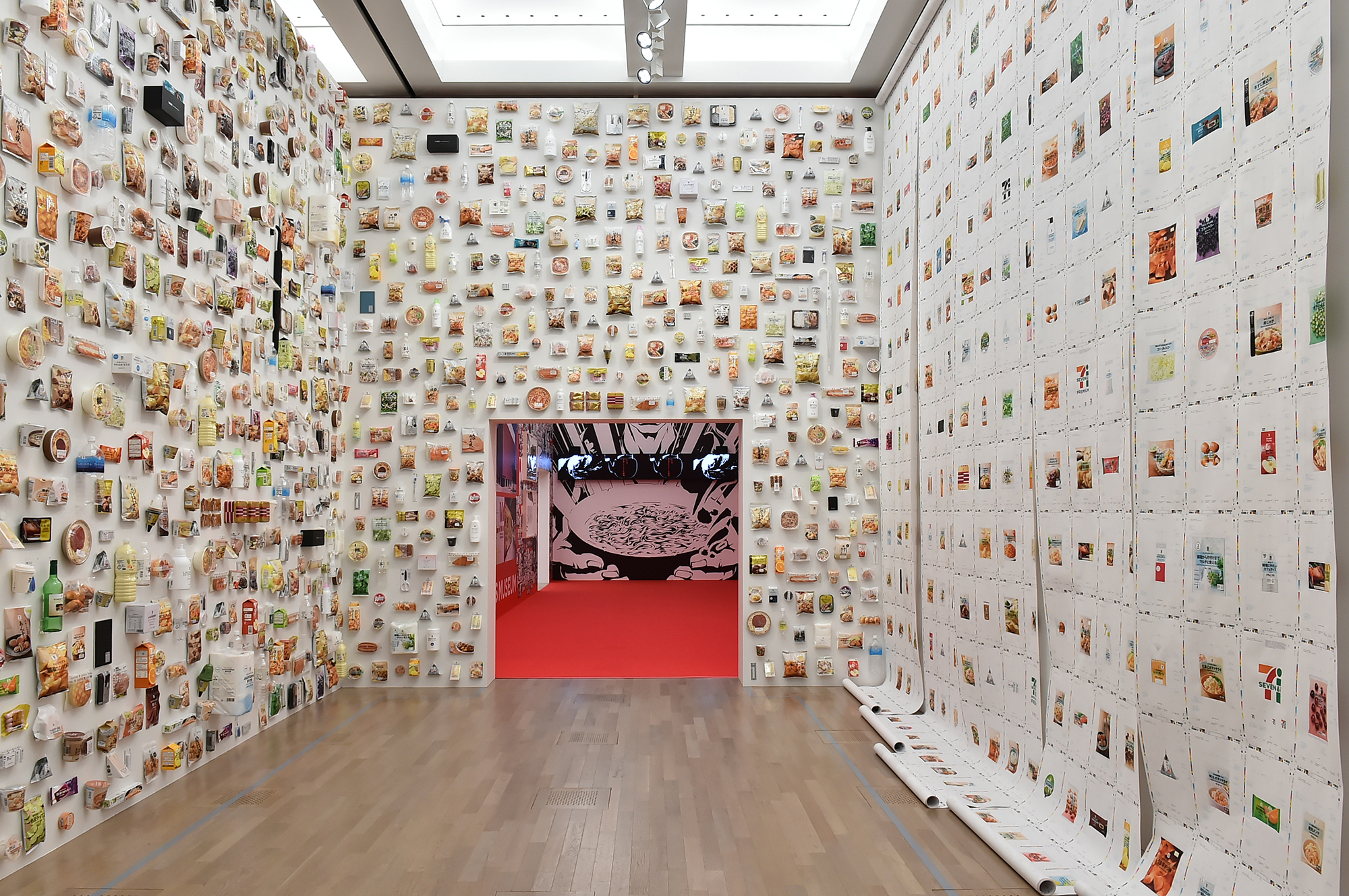THE NATIONAL ART CENTER, TOKYO PRESENTS THE LATEST EXHIBITION FEATURING KASHIWA SATO, A LEGENDARY JAPANESE DESIGNER WHO DESIGNS EVERYTHING IN DAILY LIFE FROM LOGOS TO INTERIORS OF MANY RENOWNED JAPANESE BRANDS
TEXT: PAKPOOM LAMOONPAN
PHOTO COURTESY OF THE NATIONAL ART CENTER, TOKYO
(For Thai, press here)
In the midst of one of the grimmest and most challenging times the world has witnessed, Japan has been particularly unfortunate, considering how they must have envisioned 2020 as being one of the country’s most glorious years. The pandemic has affected not just the Olympics but many exhibitions and events that Japan had in store, all which have been forced to postpone. However, the KASHIWA SATO Exhibition, which was expected to be one of Japan’s most significant and anticipated events of 2020, sets fort and opens without waiting for the Olympics.
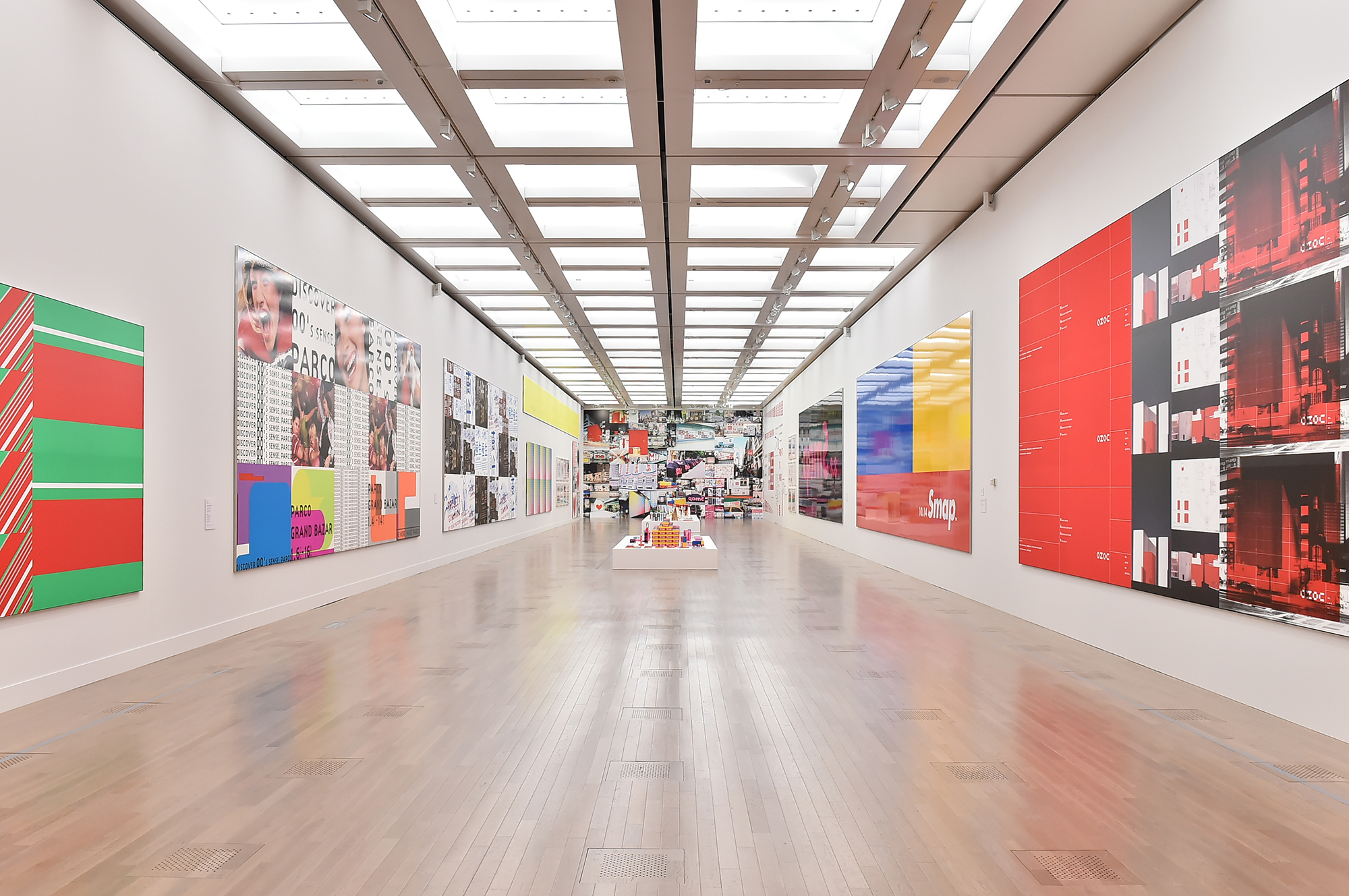
So, who is Kashiwa Sato, and why is there an exhibition about the man in the place that was once the venue that showcased works by Renoir, Monet, Vermeer and other masters? Most Japanese people know him as one of the creative pillars behind practically every powerhouse brand in Japan. His influence is so substantial and omnipresent that there isn’t a day that goes by in Japan that you won’t see his works.
Making a name as an art director at a full-service advertising agency, Hakuhodo, in the 1990s, Sato’s most notable works had graphic design playing the leading role in branding, shying away from the then widely favored celebrity-centric approach. Even the work he did for SMAP, the most famous boy band in Japan at the time, Sato went with the three color stripes printed on the entire page of local newspapers.
From 2000 onwards, Sato opened his own office with a new role as the creative director for many brands. He has become one of the generation’s most accomplished creative minds whose works resonate vehemently with the public through projects with brands such as Tsutaya, Uniqlo, 7-11, Rakuten. In Sato’s hands, these brands went through monumental and successful revamps. He is the man who redesigned the Uniqlo logo in the time when the brand was beginning to go global (the red color of the logo at each Uniqlo brach wasn’t even the same tone). Sato’s strong points surpass logo design or advertising. He has been invited to provide consultancy for countless brands since the conceptualization process, from Fuji Kindergarten, which is the project where he worked with Tezuka Architects or the Cup Noodle Museum in Yokohama that had Sato as the producer, curating both the exhibition spaces and content of the museum.
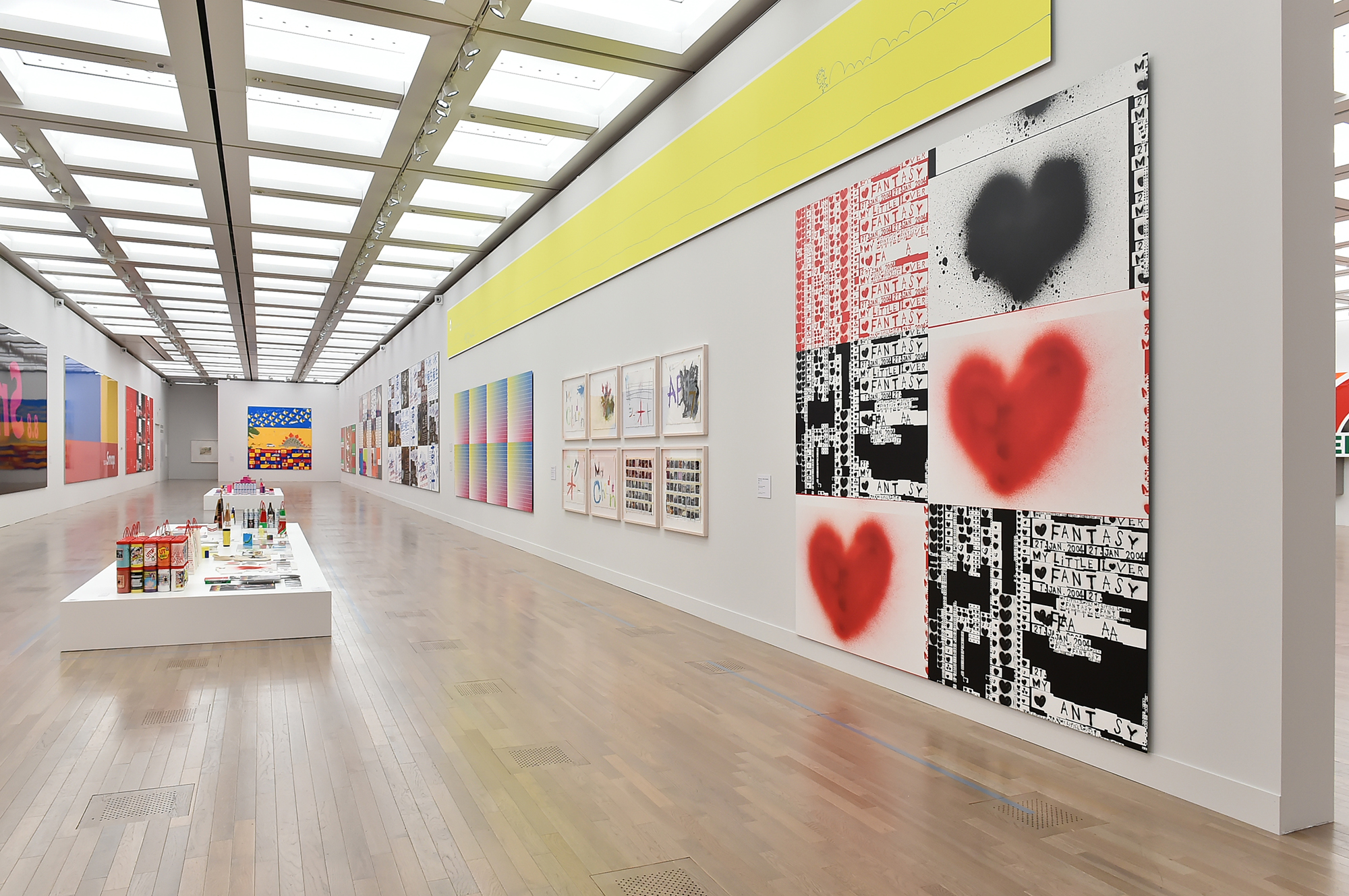
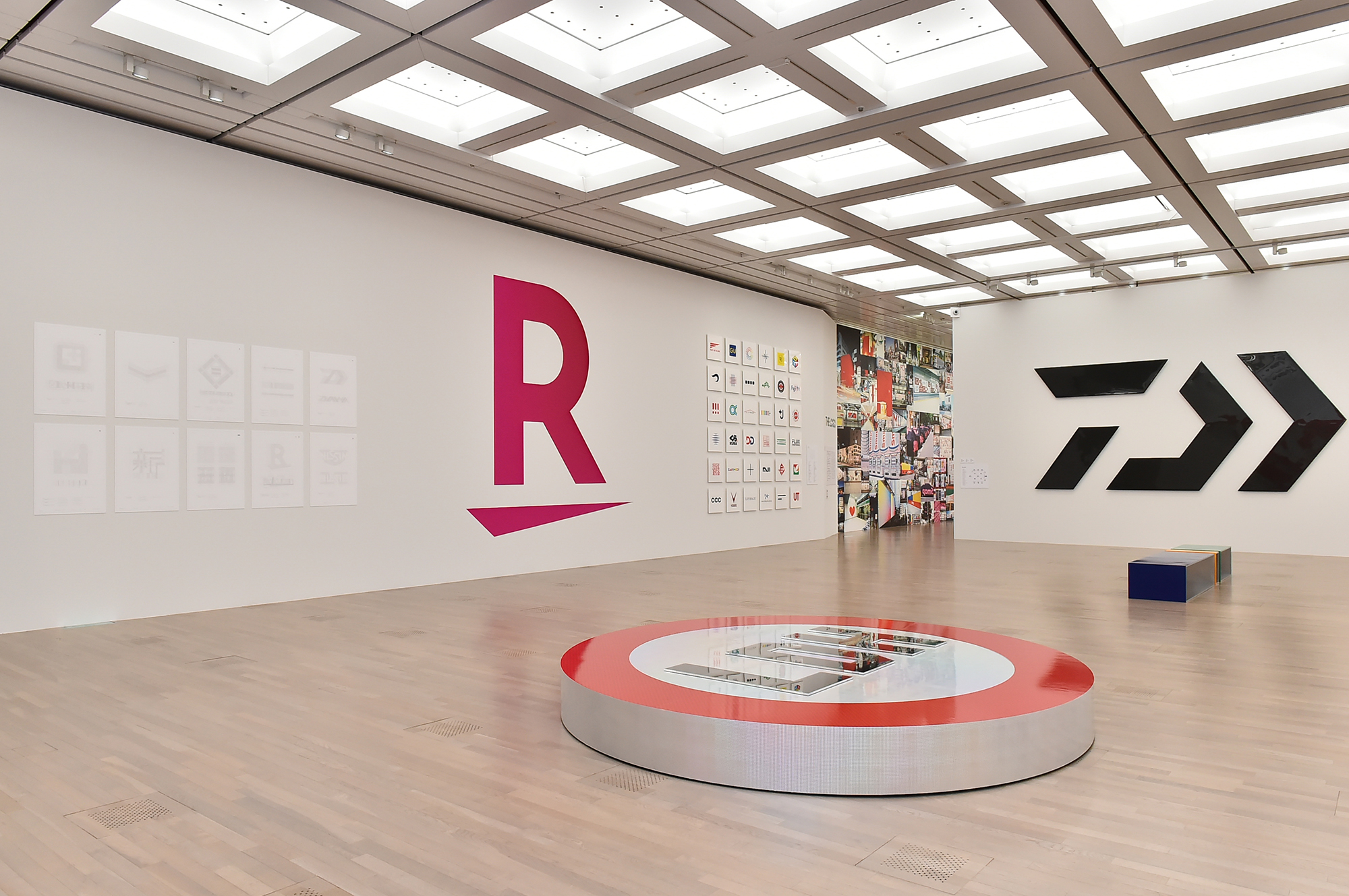
The exhibition taking place at The National Art Center, Tokyo (for which Sato designed the brand’s identity), showcases the works he has done throughout the three decades of his career which occupy the massive exhibition space. Admittedly, there were some doubts when the news about the designated venue broke, mainly about how he would handle the space of such scale. Sato spent three years preparing the exhibition, which is divided into seven sections. The most prominent and probably most challenging part is the section called THE LOGO. Considering that this is a paid exhibition, and how THE LOGO features content that people see daily, Sato fixed that doubt by expanding the logos’ scale, creating colossal sculpture-like objects made of different materials to reflect the brands’ identities. He recreates a towel company’s logo using a gigantic piece of fabric and carbon fibers for a fishing equipment brand. Installed in The National Art Center’s space, each of these logos becomes almost like a work of contemporary art.

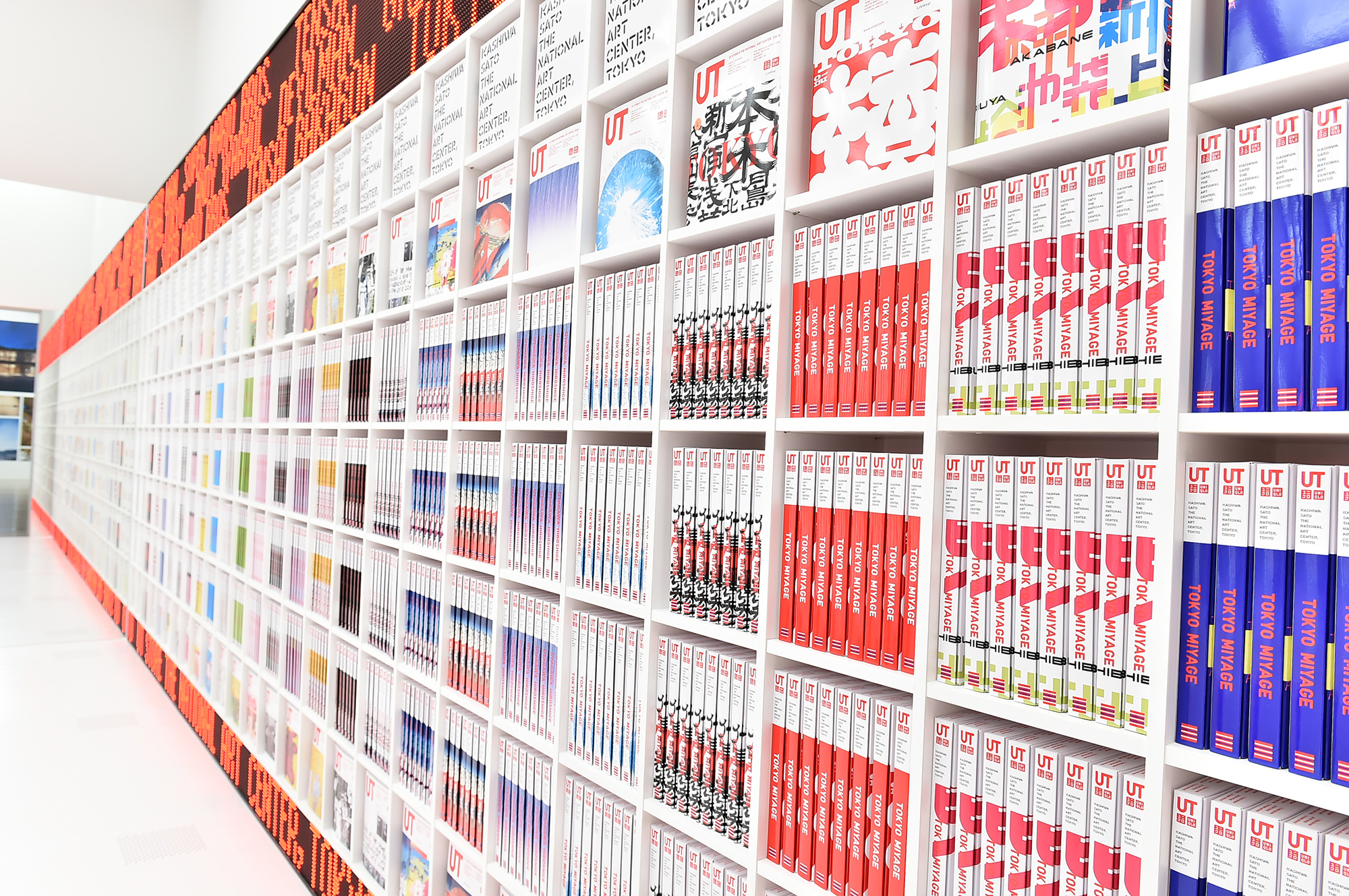
Other sections are equally fascinating. Apart from the scales, the details of each of the projects are just as impressive. Viewers get to learn about the ideas and strategies behind the control of over 4,000 products sold under 7-11 brand, interior designs of new emerging brands and even Sato’s personal artworks. Closing the show with some selected merchandise where Sato collaborates with UT STORE@THE NATIONAL ART CENTER, TOKYO for the particular project, to sell the event’s limited edition t-shirts.

Viewing design projects being in the prestigious art gallery puts a better perspective of how Japan treats its national icon. Taking into consideration that the exhibition will be held for the next three months (till the end of May of 2021), and the vast number of people who will get to see his works, from new potential clients, younger people who will be able to learn about the impacts of design on their lives, Japan is sure to never run out of great ideas.


